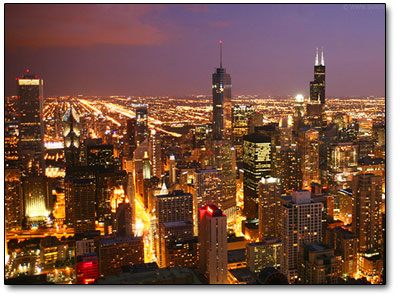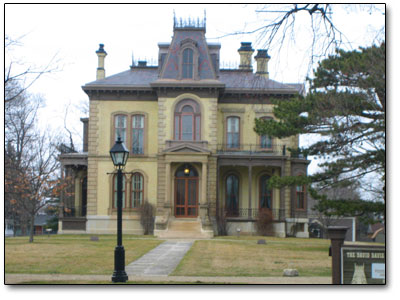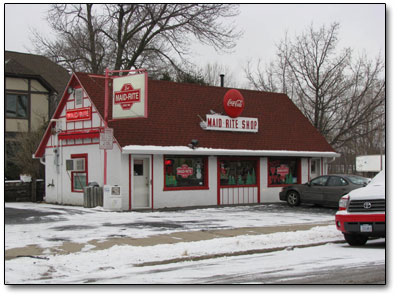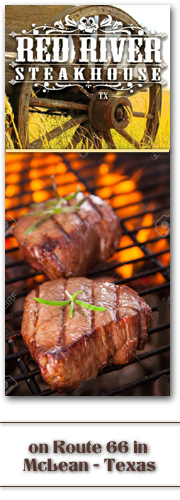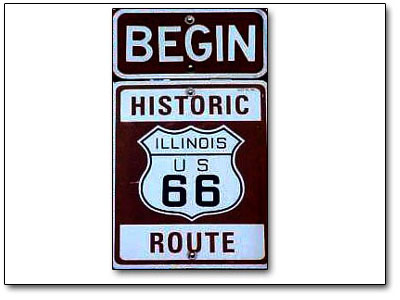
Chicago, known as the windy city, is located in the state of Illinois and is the third most populous city in the United States with almost 3 million residents. The city is an international center of finance, commerce, industry, telecommunications, and transportation, and is served by O’Hare International Airport, the second-busiest airport in the world. Originally, the starting point of Route 66 in Chicago began on Jackson Boulevard at Michigan Ave, but in 1933 it was moved east onto land reclaimed for the Worlds Fair to Jackson and Lake Shore Drive.

